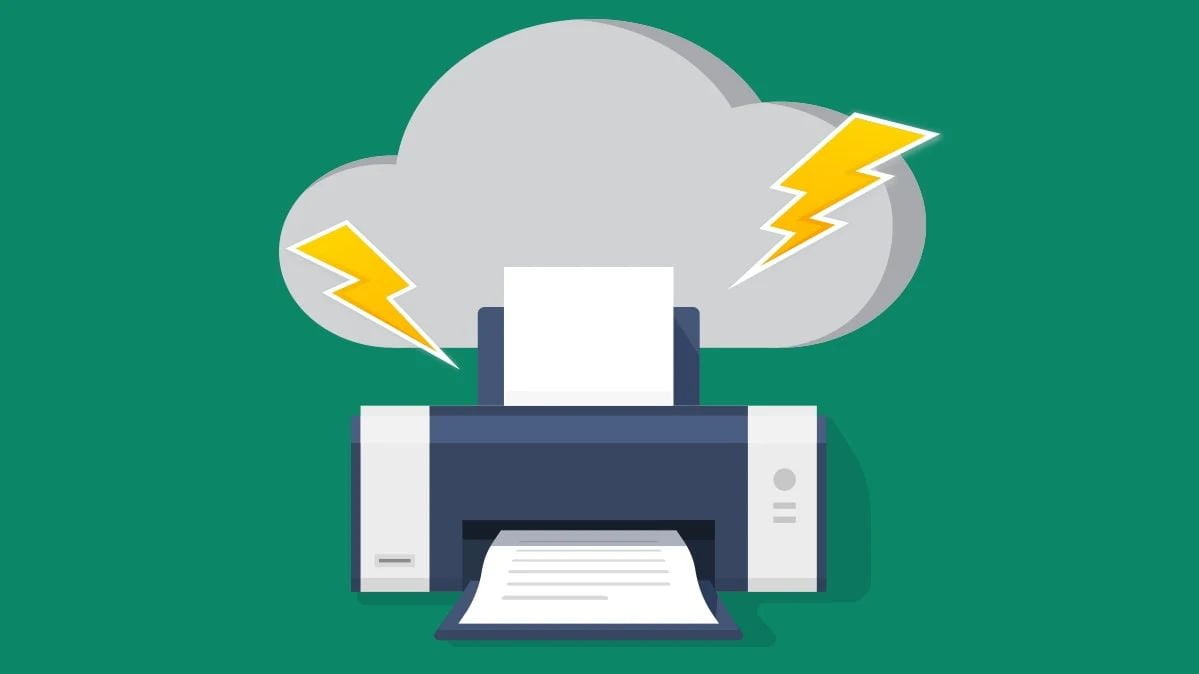If “WiFi printer doesn’t work” is your problem, read these tips to fix it…
WiFi printers are widely used in both domestic homes and offices. One of the advantages they have is that we can place it in the location that interests us the most, without having to depend on an RJ-45 network outlet to connect the printer via cable. However, sometimes it can happen that we have problems and that the WiFi printer does not work properly. Today, we are going to give you all the keys to review your configuration point by point.
- HP locks the print cartridge if you cancel the Instant Ink subscription
- AI can sing from speech samples now
- How to use Instagram hashtags to get more likes?
First steps after seeing that the WiFi printer doesn’t work
Wi-Fi printers only need a power cable to work, we can locate it where we are most interested without depending on where we have a network outlet, and even where we have the main computer. We will not need either Ethernet network cables or USB cables to connect it to our PC.
Check the printer power cable
The first step that we are going to take when we observe that our WiFi printer does not work, is to go to the place where it is located.
The next thing we will do is check if it is on. We will also check that the cable / power supply is correctly placed. Once this is done we will check that the information screen / LEDs tell us that everything is correct.
Another factor to consider when the WiFi printer does not work, is that it is outside the wireless coverage of our network or has a bad signal. One way to check this could be to put the printer where the router is and temporarily test.
Check if the printer gets IP via DHCP or has a fixed IP
In order for our printer to print it has to obtain a local IP . You could get it in ways:
Thanks to the DHCP of our router that would assign one automatically.
We would have to put a manual IP.
One way to verify it would be by logging in to the router. There we could check in the corresponding WiFi section if connected devices appear in the list. Otherwise, you would have to consult the manual of your printer. What you must do is leave TCP / IP in automatic or put a local fixed IP.
To finish with the issue of IPs, we must comment that they must be within a network range. For example, if your router has the gateway 192.168.1.1, the printer must have IP 192.168.1.X (where X is any number between 1 and 254), and if you put a fixed IP, it is recommended that it be outside the Router’s DHCP range so there is no IP address conflict.
If this is not the case, you must change the IP address of the printer because, otherwise, you will not be able to use it from your PC, laptop or mobile.
Check PC settings if printer doesn’t work
The first thing we are going to do is check that in Windows 10 we have the printer that we are going to use as the default. If this is not solved we will go to “Configuration, Devices, Printers and scanners”. There select your printer and click on Manage . We will get a screen like this:
Then in the window that opens you will find the option ” Run the troubleshooter” . Click on it and it will automatically try to detect what problem the printer has. All you have to do is follow their instructions when required.
“I detect the printer but cannot print”
It may also be the case that a WiFi printer is not working, but the printer is still detected. A problem could be that the print queue is not working well because we have canceled a job or some other reason.
To do this, we go to the Windows Start menu and write Services to access this section. The next thing we are going to do is look for the Print Spooler service . Once located, we click with the right mouse button and then select Restart . If everything goes well we will return to printing normally.
It may also be that you did not have network detection enabled on that PC. If we go to the Control Panel of Windows 10 and from there we go to Network and Internet , Network and Sharing Center . Then we click on Change advanced sharing settings .
Here, we need to make sure that the Enable network detection option and the automatic configuration box are checked.
Reinstall or update your printer drivers
The cases that we had discussed in the previous section, we could consider them as configuration errors. However, they are not the only ones we also have software problems. For example, after a Windows update these drivers may be out of date and we need to install the latest version of those drivers.





